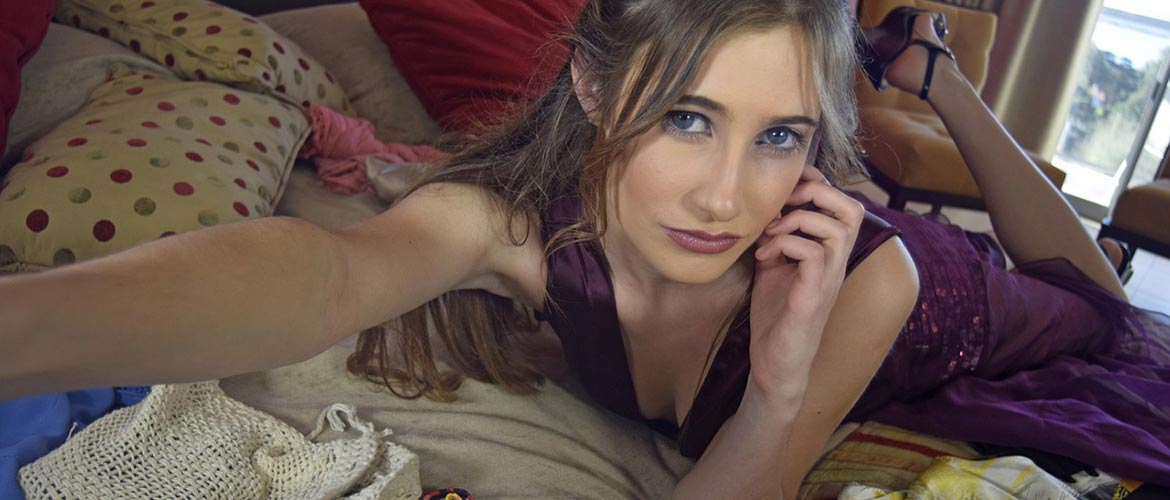 Stand by for an important fashion announcement.
Stand by for an important fashion announcement.
I have inside information on this because, under my wife’s gentle guidance (men know what that means) I carried every wide tie in my closet into the trunk of her car. Afterwards, I stood on the front steps and waved them goodbye as my wife drove them to the thrift store.
As for that announcement: wide ties are coming back.
Wide ties, narrow lapels and Nehru jackets. I bought ’em. I wore ’em. And, as far as the fashion industry is concerned, I can keep ’em. They have bigger plans for me. Actually, for my VISA card.
“Your look goes viral, and the fashion industry has to respond to you. Selfies have turned around the power, as it were.”
It was Susan Marling’s story of selfies’ impact on fashion that reversed my thinking about them.
If you read part one of this story (and, if not, use this link now), you know I’m not a fan of selfies. Or, I wasn’t. Now that selfies are a weapon in undermining the fashion industry’s grip on my neckties I’m willing to change my mind.
“Fashion and beauty are being democratized a little bit by selfies,” Marling told me. Marling, you may recall, is the producer of the documentary From the Self to the Selfie that aired on BBC Radio.
“It used to be that five big magazines, that were written by five big journalists, dictated next year’s fashions,” she said.
There were the occasional outliers, people who managed by determination, or luck, to develop a personal style that caught the attention of the general media. Those few either burned out after their fifteen minutes of fame or found their uniqueness absorbed into the fashion industry’s tastemaking machine.
Either way, you wound up with wide ties in your closet. But, that may not be the future.
“Let’s suppose you’re not quite a model or celebrity. You might, as it were, find your own tribe.”
Marling is referring to people who see your selfies and connect with your personal style. “Without selfies, they’re people that you wouldn’t otherwise come across.”
Your own tribe. I liked the sound of that. It felt hip and primal at the same time.
“Of course there’s a certain conformity about it. People generally want to look like the people they see on the telly or in films. But it’s not exclusively like that anymore. There are lots more niche looks that can also be rewarded if one finds the right people,” Marling said.
Selfies and social media have diluted the clout of the fashion industry.
“Now, you make your own selfie of your own outfit and you post it on Instagram. All your friends and thousands of people might follow your style. Your look goes viral, and the fashion industry has to respond to you. Selfies have turned around the power, as it were.”
Yes, there are downsides to selfies. That was my focus in part one. But those can, and should, be managed through parenting. The positive side is that your kids and grandkids may grow up in a world where their fashion choices are inspired by the very pre-teens, teens and twenty-somethings the fashion industry once counted on as being comfortably in their embroidered hip pockets.
“The whole thing has been reversed,” Marling said. “Fashion and beauty work closely with social media to try to find out how their products should hit the market.”
The thought of fashionistas pouring over Twitter and Instagram for hours on end hoping to game the system made me snicker.
Loudly enough for Marling to hear.
“In the best instances it means people can be themselves, can be original, do what they like, and not be dictated to by major companies or powerful journalists writing in powerful magazines,” she said.
Selfies, and social media at large, don’t guarantee the automatic disruption of institutions that fall into the category of oppressive. The fashion industry is fighting back, using social media to get ahead of trends and commercialize them while it’s relatively inexpensive to do so. Becoming a trendsetter is still a matter of working the system (it’s just a different system) building a network (or a tribe), posting often enough that you’re in your tribe’s face when it makes decisions.
I’m putting the fashion industry on notice. I’ll be posting selfies of me weariing wide ties and sharing them with my tribe. Right after I visit the thrift store and buy my old ties back.
Start your Sunday with a laugh. Read the Sunday Funnies, fresh humor from The Out Of My Mind Blog. Subscribe now and you'll never miss a post.
Susan Marling is a highly respected producer and presenter with a string of awards to her name. She is the Director of Just Radio, Ltd., an independent supplier of programming to the BBC and other media outlets. She also writes regularly for magazines and the national press and conducts media training courses in the UK. She set up Just Radio in 1995.
Mind Doodle…
The average millennial could take up to about 25,700 selfies in his or her lifetime. Looking at them at the rate of one per second would take an hour longer than watching The Wolf of Wall Street. Twice.

I left your picture at the thrift shop with strict orders not to sell, give, or rent you any wide ties, string ties, bell bottom pants, jackets with wide lapels, or cowboy hats. So don’t even think about it.
Thanks, honey.
Not that I want them anymore. I’m over hoarding clothes in case they come back in fashion.
By the way, have you seen my Columbia University sweatshirt? The one from 1967, with the holes in it? I thought I left it on the shelf in the closet. Next to my ties.
Okay, so I’m going to hold onto and not replace my wide lapeled suits and sport coats, and with the aid of my granddaughter, up my daily number of selfies. BTW, the spell checkers don’t yet recognize the word selfie; what does that tell you?
I’ll be following you on Twitter so I’ll know what to wear this summer. As for the word selfie, it’s rumored to be Latin for narcissism. Those spell checkers have problems with foreign words.
PS: I still have these old shorts in my closet. So, if you could take a few selfies with you in Madras plaid I’d appreciate it.